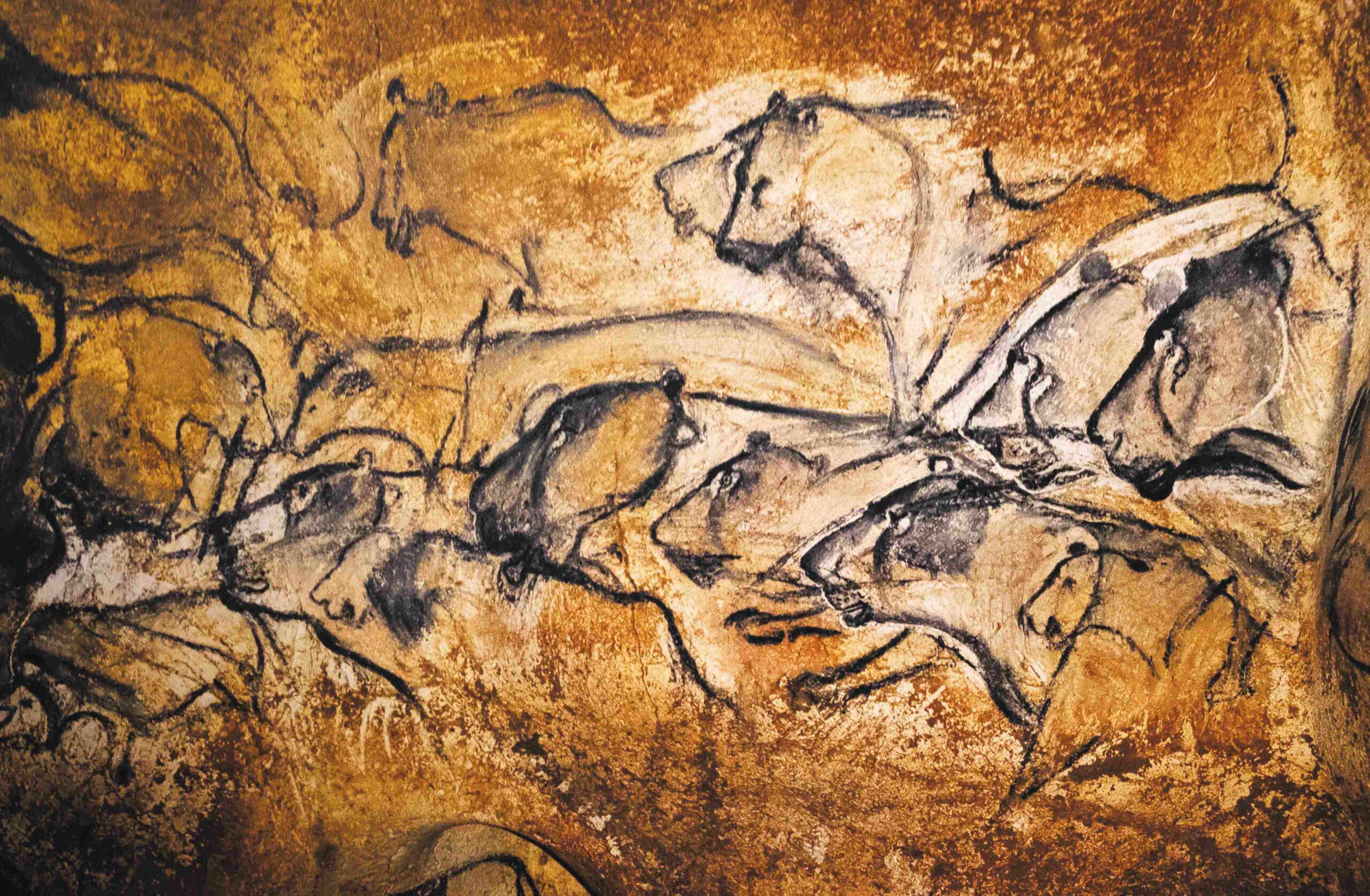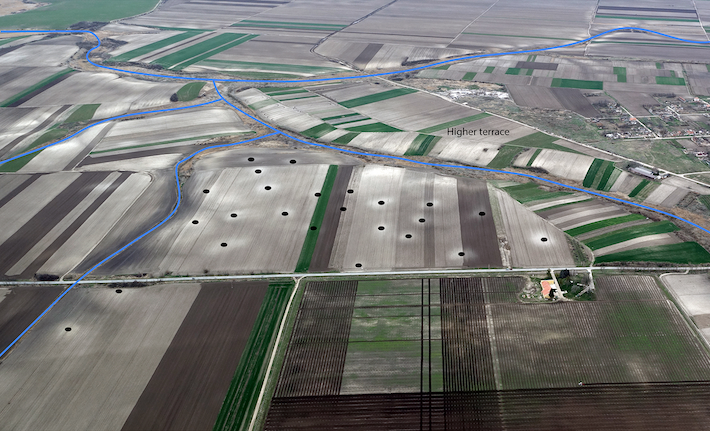 DUBLIN, IRELAND—More than 100 previously unknown archaeological sites have been identified in Serbia through the use of Google Earth and aircraft reconnaissance by Barry Molloy of University College Dublin and his colleagues, according to a Science Magazine report. The sites were then dated with pottery fragments, grinding stones, and animal bones recovered from the sites. The 3,600-year-old walls and ditches were spotted in an area known as the Pannonian Plain, which includes parts of Romania, Hungary, and Serbia. It had been previously thought that the Pannonian Plain was relatively isolated during the Bronze Age, since intensive agriculture had left the enclosures nearly invisible on the ground. Molloy said that the enclosures were situated close to one another, and stretched for more than 90 miles along the Tisza River. He thinks the walls and ditches may have surrounded a network of settlements, but they may also have been used for seasonal gatherings, ceremonials, or cattle pens. Read the original scholarly article about this research in PLOS ONE. To read about evidence for the spread of mice throughout Europe that was found in a Neolithic house in Serbia, go to "Mouse in the House."
DUBLIN, IRELAND—More than 100 previously unknown archaeological sites have been identified in Serbia through the use of Google Earth and aircraft reconnaissance by Barry Molloy of University College Dublin and his colleagues, according to a Science Magazine report. The sites were then dated with pottery fragments, grinding stones, and animal bones recovered from the sites. The 3,600-year-old walls and ditches were spotted in an area known as the Pannonian Plain, which includes parts of Romania, Hungary, and Serbia. It had been previously thought that the Pannonian Plain was relatively isolated during the Bronze Age, since intensive agriculture had left the enclosures nearly invisible on the ground. Molloy said that the enclosures were situated close to one another, and stretched for more than 90 miles along the Tisza River. He thinks the walls and ditches may have surrounded a network of settlements, but they may also have been used for seasonal gatherings, ceremonials, or cattle pens. Read the original scholarly article about this research in PLOS ONE. To read about evidence for the spread of mice throughout Europe that was found in a Neolithic house in Serbia, go to "Mouse in the House."
Network of Bronze Age Enclosures Identified in Serbia
News November 15, 2023

Recommended Articles
Digs & Discoveries November/December 2019
Jetting Across the British Isles
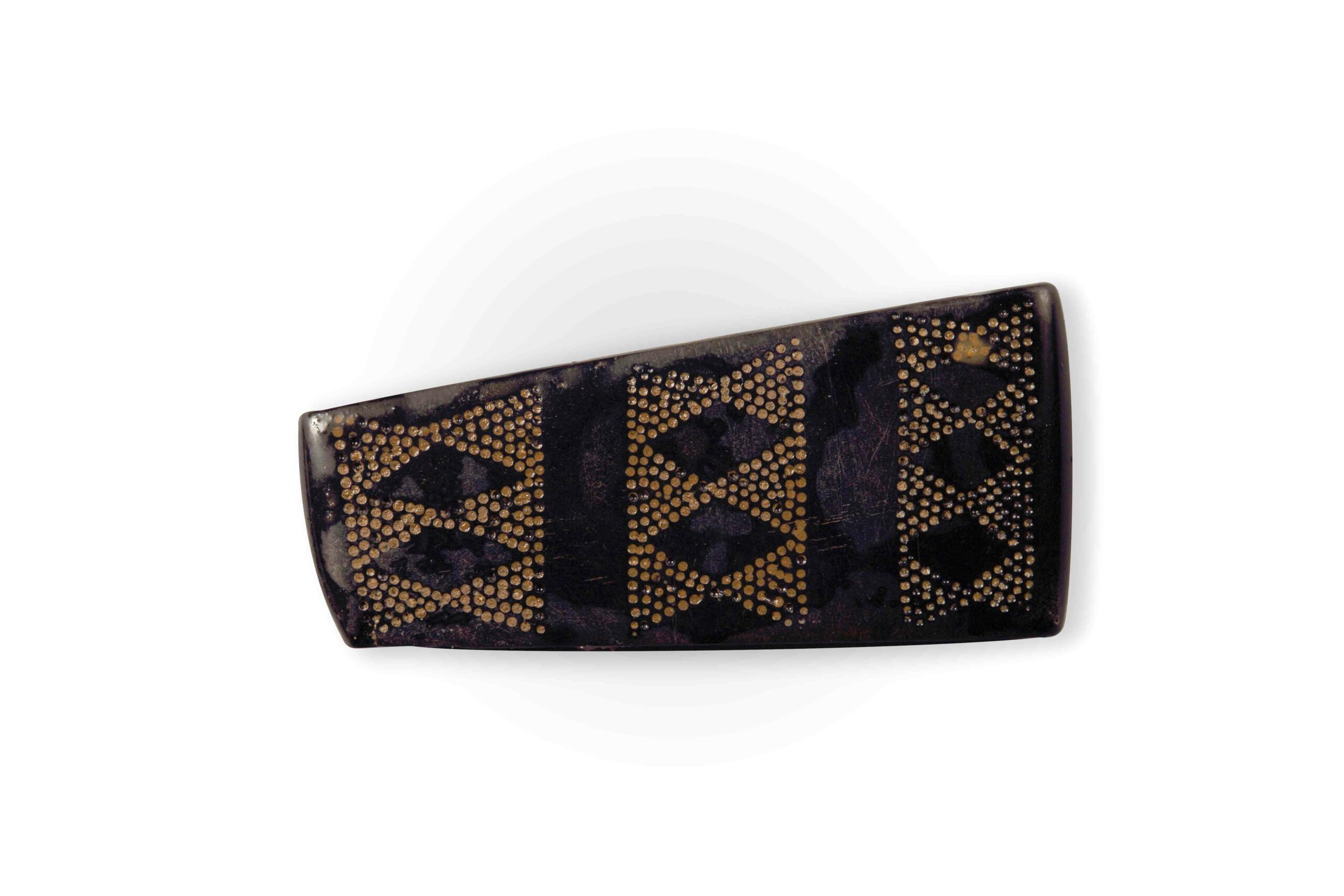
Features November/December 2025
Oasis Makers of Arabia
Researchers are just beginning to understand how people thrived in the desert of Oman some 5,000 years ago

Off the Grid September/October 2025
Necropolis of Pantalica, Italy
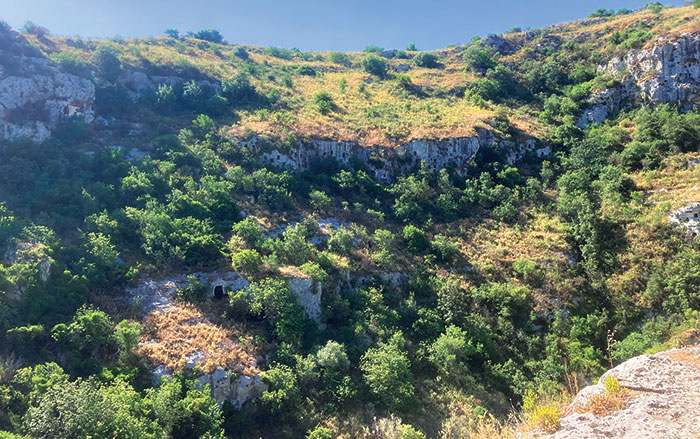
Digs & Discoveries March/April 2025
Ancient British Massacre
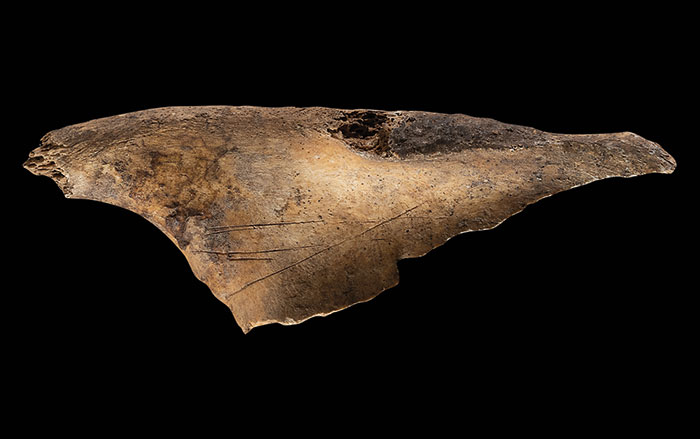
-
Features September/October 2023
Ukraine's Lost Capital
In 1708, Peter the Great destroyed Baturyn, a bastion of Cossack independence and culture
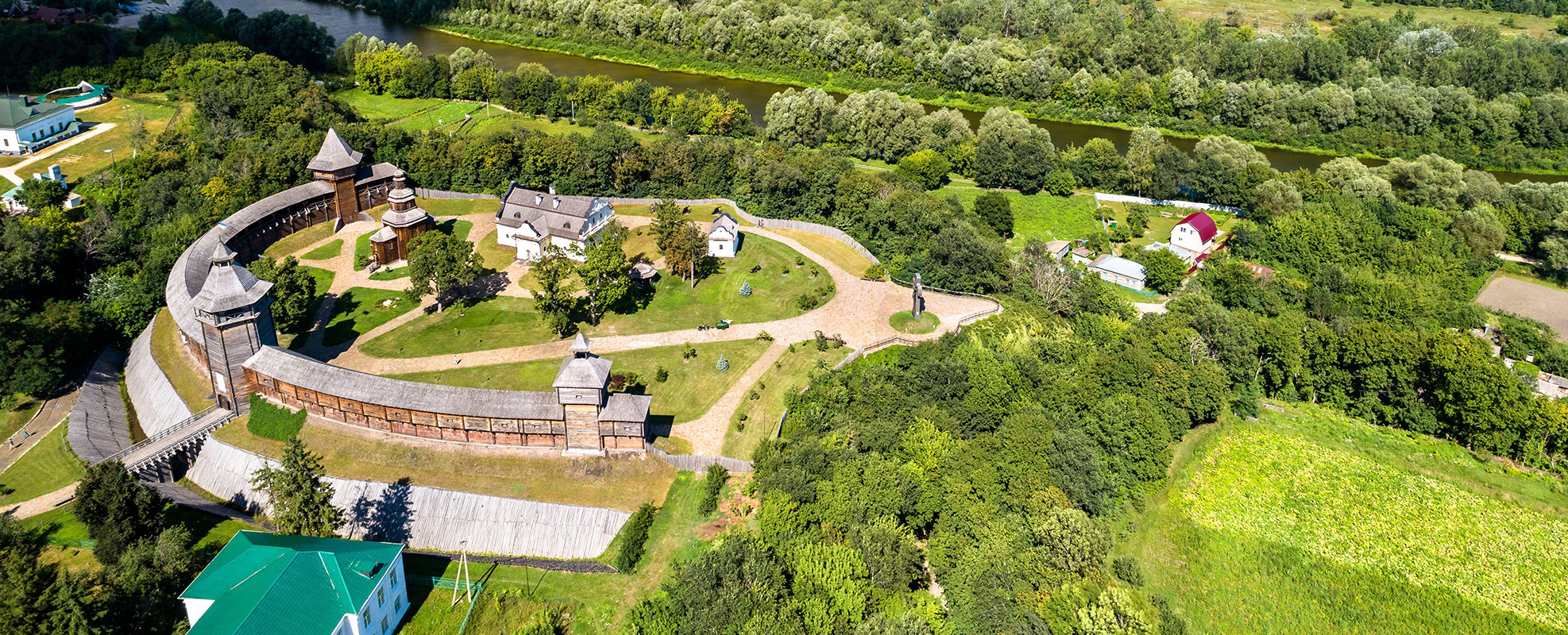 (Leonid Andronov/Alamy Stock Photo)
(Leonid Andronov/Alamy Stock Photo) -
Letter from Vesuvius September/October 2023
Digging on the Dark Side of the Volcano
Survivors of the infamous disaster rebuilt their lives on the ashes of the a.d. 79 eruption
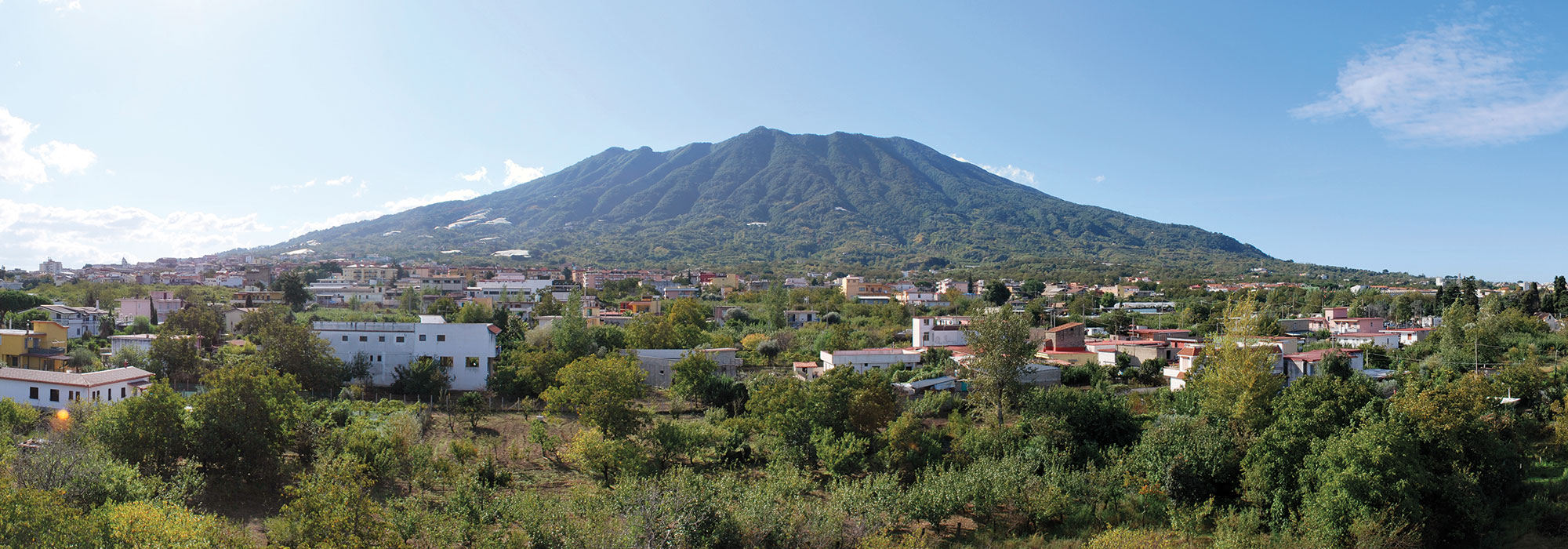 (Courtesy Girolamo Ferdinando De Simone)
(Courtesy Girolamo Ferdinando De Simone) -
Artifacts September/October 2023
Padlock
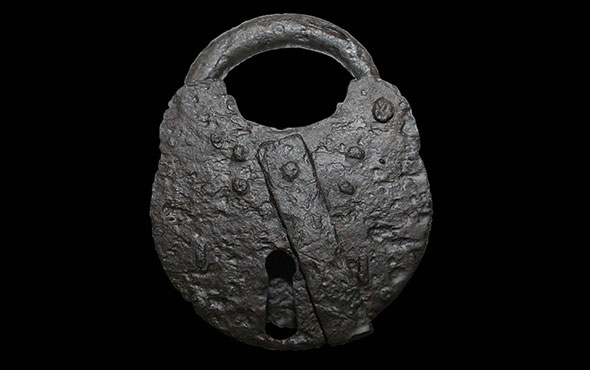 (Courtesy James Davidson)
(Courtesy James Davidson) -
Digs & Discoveries September/October 2023
Nose to Tail
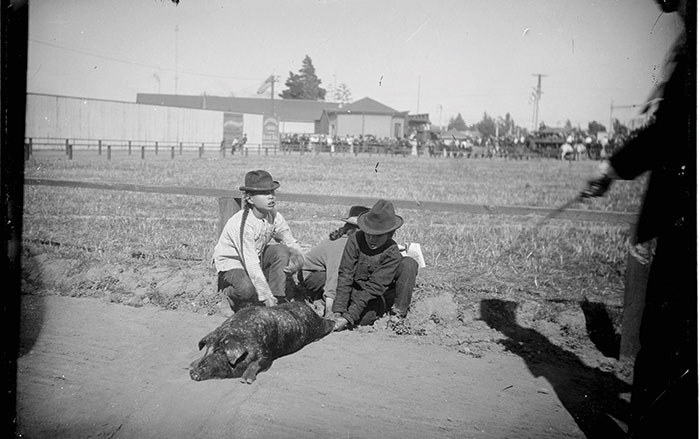 (Lisa See collection. The Huntington Library, San Marino, California)
(Lisa See collection. The Huntington Library, San Marino, California)


